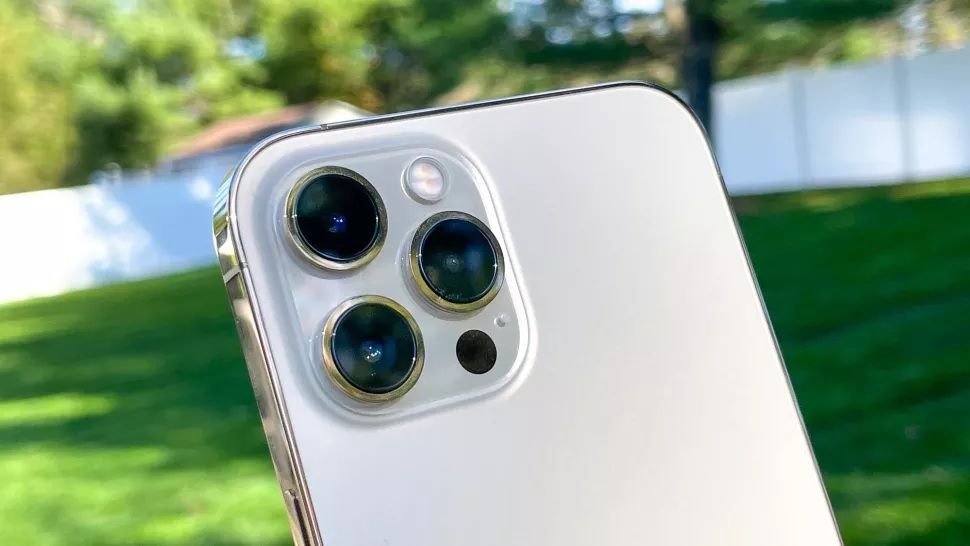One of the widely publicized benefits of having an iPhone 12 at Verizon is the wireless operator’s 5G service. Apple even brought in CEO Hans Vestberg for the October 12 iPhone launch to talk about 5G. But the current performance of 5G on the Verizon network may disappoint people who have purchased the iPhone 12 – or any type of 5G device – for use on the Verizon national network.
According to the PC Magazine test, Verizon customers may want to turn off the 5G signal and opt for 4G LTE, as the more established standard may be faster than 5G in certain areas.
The main benefit of Verizon’s 5G network is its millimeter wave “ultra-broadband” (UWB) signal, which has more capacity than the sub-6 5G services offered by other operators. But Verizon’s mmWave-based network is limited to about 60 U.S. cities and selected arenas and stadiums. That’s because, however fast the mmWave signals – and they can reach 1 Gbps when you’re downloading data – they don’t travel much and can be blocked by physical obstructions like buildings.
To build its 5G coverage, Verizon is relocating parts of its LTE / 4G spectrum for use as 5G, using a technique called Dynamic Spectrum Sharing. That is how Verizon was able to launch its national network at the same time as the iPhone 12 launch. This part of Verizon 5G now reaches 230 million people in 2,700 cities in the United States
It is also the part of Verizon’s 5G coverage that PC Mag signaled in its tests. During a speed test on the iPhone 12 Pro in New York, the publication found that the DSS 5G network is typically slower than 4G.
The problem is also not restricted to iPhones, as the site also tested a OnePlus 8 on the DSS 5G and a Galaxy S20 FE on the normal 4G. These tests showed the same thing: 4G offered faster overall download speeds. The problem is also not restricted to Verizon, as site speed tests in 26 cities also found AT & T’s “low band” 5G used to be slower than its 4G network.
It is worth mentioning that Verizon’s UGB 5G was not affected. PCMag took the iPhone 12 Pro to eight locations to test its speed, and only the first seven had DSS 5G, which was slower than 4G and suffered from higher latency. The eighth, which offered UWB 5G, was significantly faster than both.
“For most customers, the performance on our national 5G network will be similar to 4G. [DSS] it is a new technology and we continue to modify it as we move forward. We expect performance improvements until 2021 and beyond, “said a Verizon spokesman.
For what it’s worth, T-Mobile experienced a similar problem a year ago when it launched its own national network in low-spectrum 5G. At the time, speeds were slightly faster than LTE, although in some places there was no difference in performance. T-Mobile spent last year boosting its 5G speeds, mainly using the mid-band spectrum it acquired in its merger with Sprint.
This is a small comfort for Verizon customers, who are likely to see better speeds in the future, but will not have to face any appreciable gains at the moment, unless they spend all their time in an area that has Verizon’s mmWave-based UWB 5G . It has reached the point where iPhone 12 users at Verizon may want to consider turning off 5G in their phone settings and maintaining 4G. This can save battery power, as your phone will not constantly have a standard 5G signal when one is available.
Our battery tests on the iPhone show a gain in battery life when you turn off the 5G. The iPhone 12 only lasted 8 hours and 25 minutes with 5G in our battery test, while it lasted 10 hours and 23 minutes with 4G alone. The iPhone 12 Pro did a little better, with 9 hours and 6 minutes on the 5G, but its 4G performance was still significantly better and lasted 11 hours and 24 minutes.
